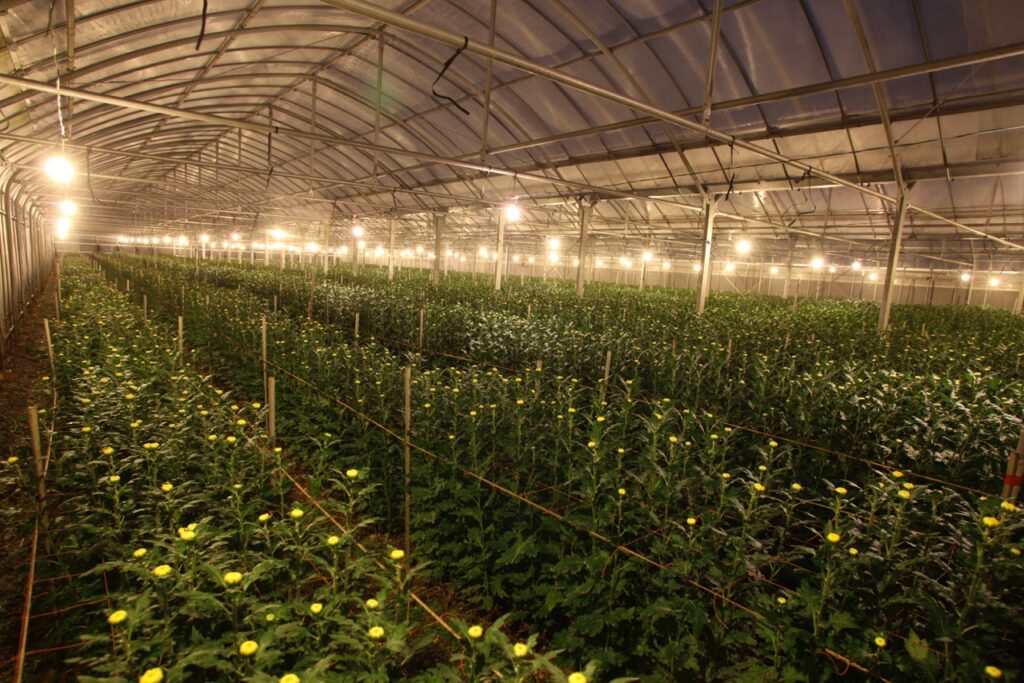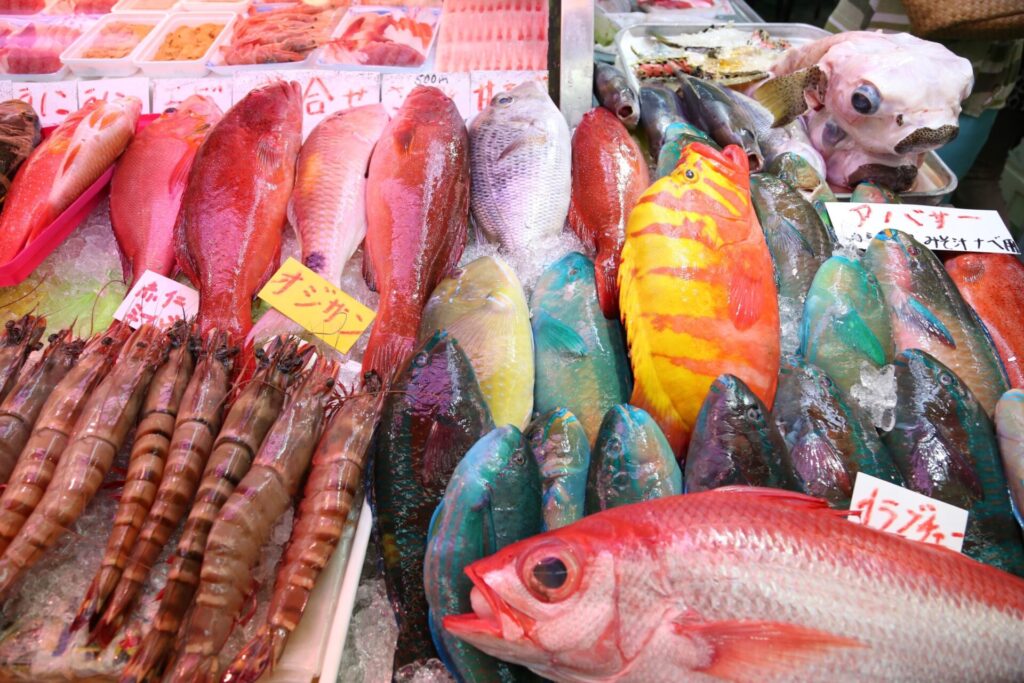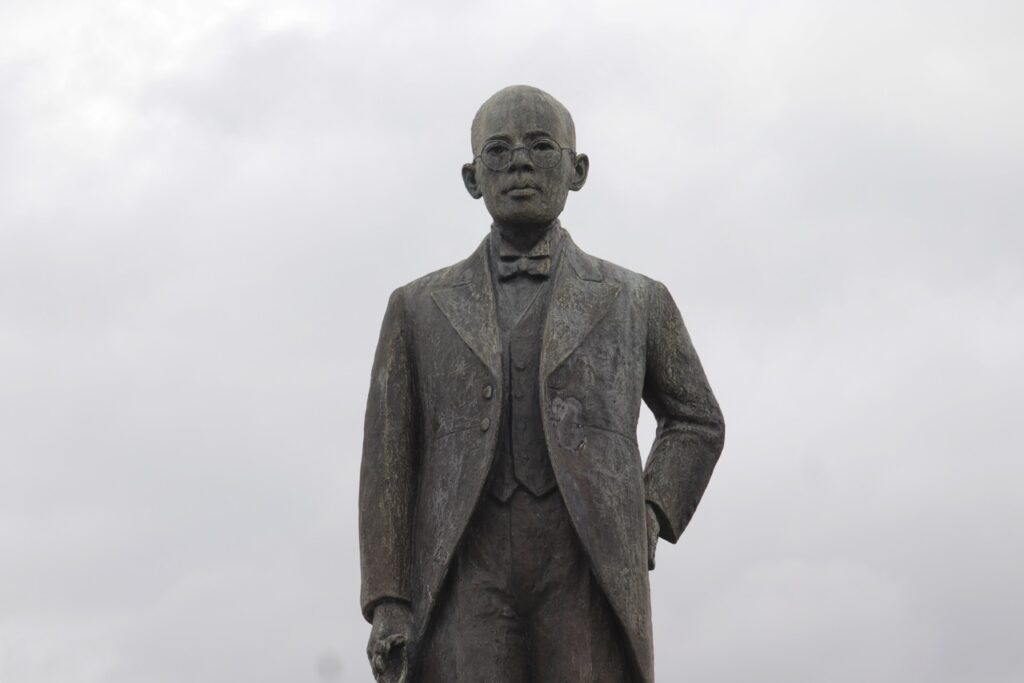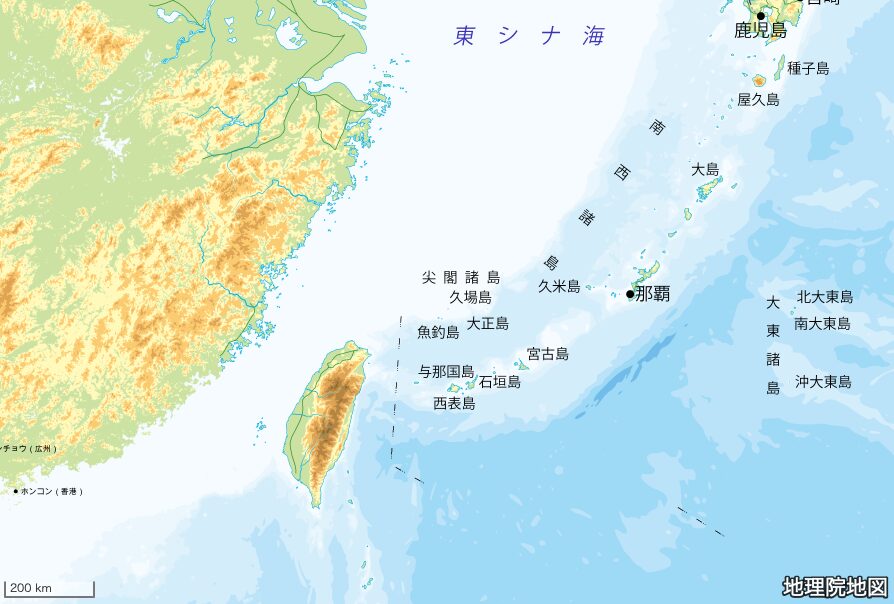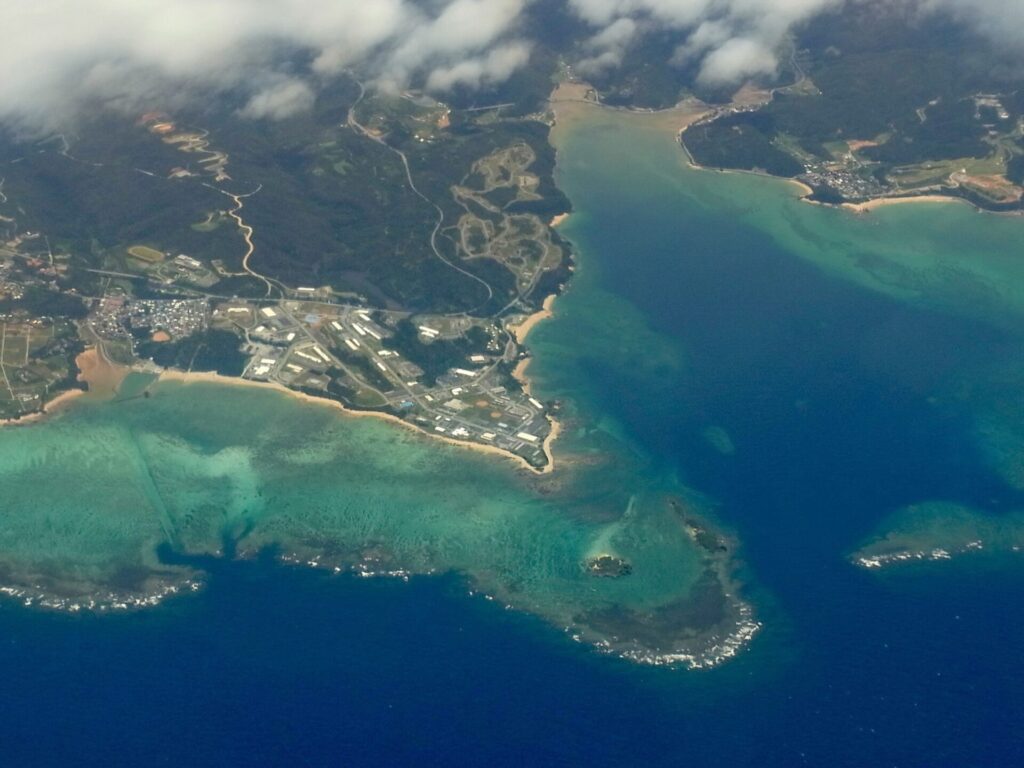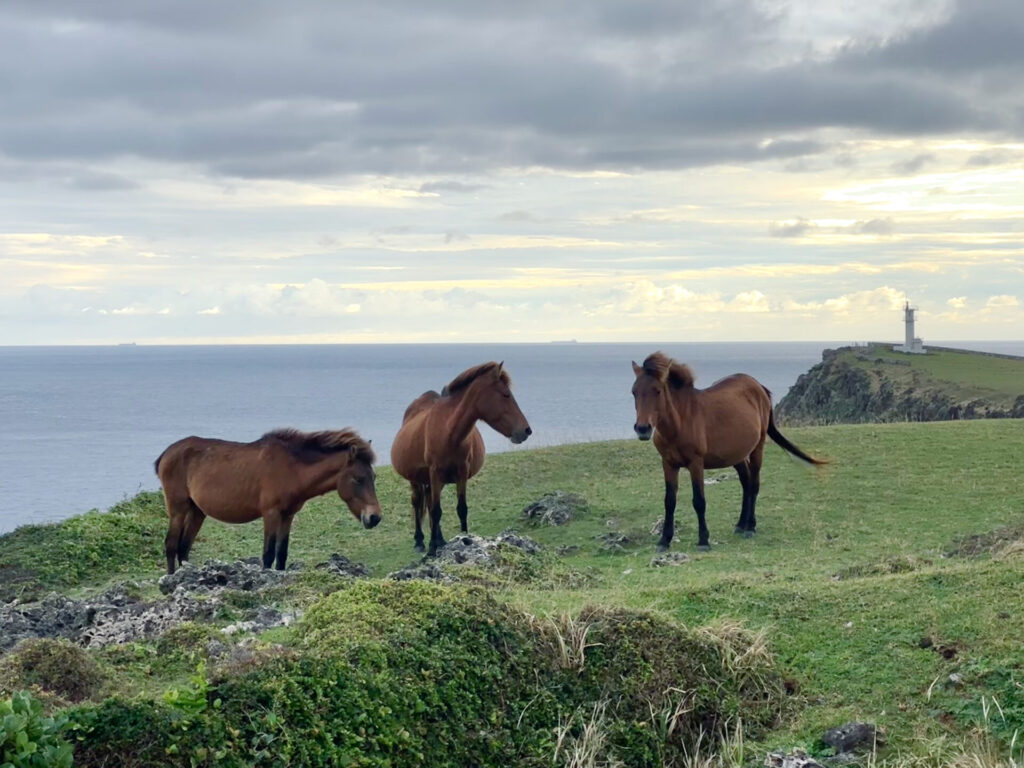Jumbay

Upon arriving at Taketomi Island, the first greenery you’re likely to see is the deep forest of jumbay trees. Thriving as if they have been there since ancient times, they were actually introduced to Okinawa from Sri Lanka during the Meiji era. In fact, they only reached the island about a hundred years ago1. At first the tree was used as green manure, yet it turned out to be quite useful in other ways. Originally from Central America and belonging to the bean family, it can grow as tall as ten meters. It produces small and lovely white blossoms, about half the size of those of the Chinese silk tree. In some areas, you may find land filled with jumbay trees.
One day on Ikema Island, I was talking to the owner of an inn who said to me, “I don’t know when they arrived, they weren’t here when I was a child. It would have been quite useful if they had been there at the time. Back then, we had no gas or water supplies, so we needed firewood for cooking. All the families on the island needed firewood, so we had a hard time collecting our own. But once the trees were introduced, they soon formed a forest. They burn quite well as firewood, and as they grow quickly, the leaves can be fed to the goats. It was really great.” According to her, it was quite useful as firewood and livestock feed, even after World War II.
Today, the trees are still appreciated for the speed with which they grow and spread. They are used to green bare lands and prevent landslides in mountainous areas. Also, the seeds were used to make some folk crafts. Things like beaded necklaces and teapot mats, made using small and shiny seeds, were often sold in the sets of five or ten. After Okinawa was returned to Japan, they became very popular souvenirs along with habugwā (Chinese finger trap in the shape of habu, a venomous snake of Okinawa), but I cannot find them anymore. One of the souvenir shop owners told me, “Yeah, we don’t have them anymore as the supply suddenly stopped a few years ago. They weren’t that profitable to us, but they still sold quite well. Maybe it was too time consuming.” The hard seeds had to be boiled to make them softer, so that they could be needled one by one to make a string of beads. I was shocked to learn that jumbay trees are also shadowed by the problems of labor shortages2.
Editor’s Note:
- After the war, American troops scattered a large quantity of seeds from the sky to rapidly green the burnt land of Okinawa.
- In recent years, jumbay tea, made by fermenting jumbay leaves and stems, has become popular as it is rich in various nutrients.







